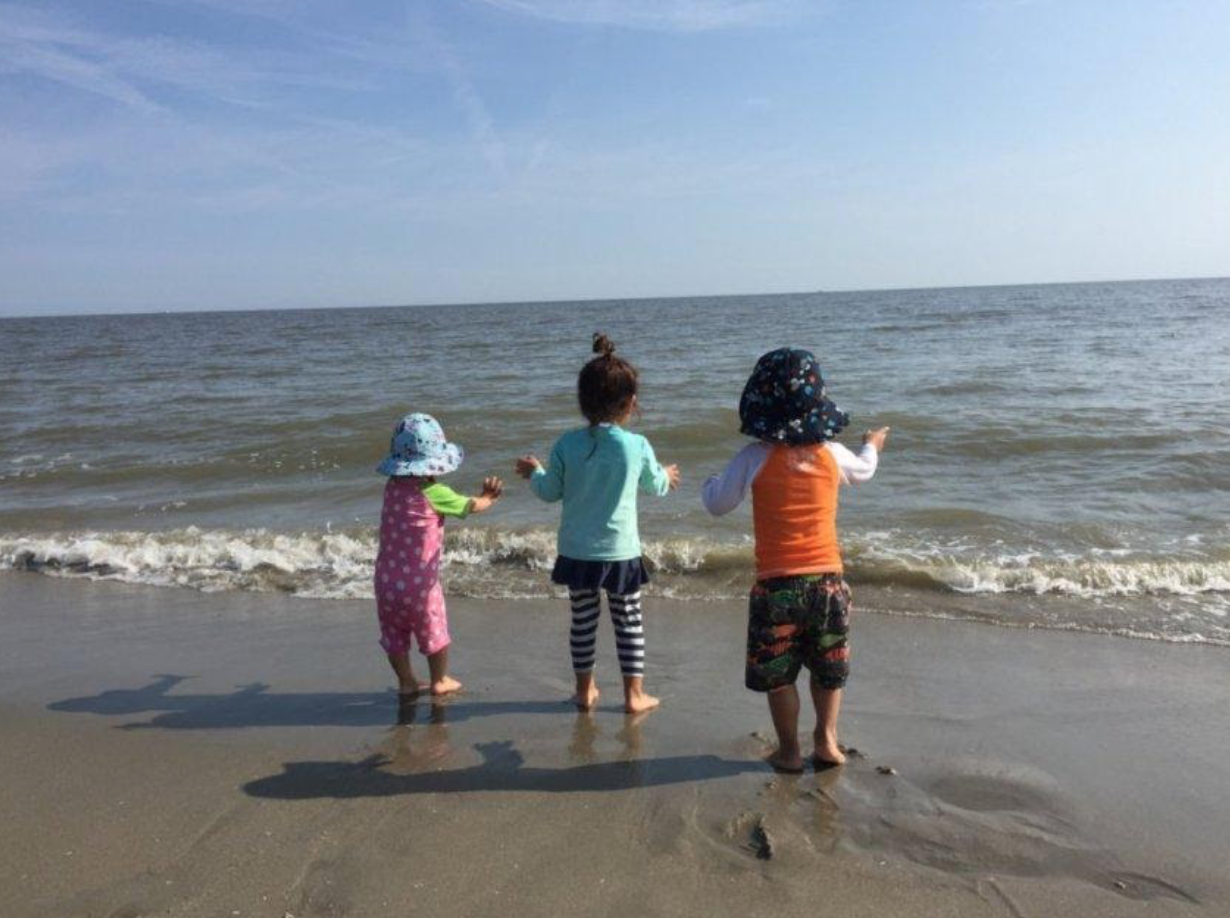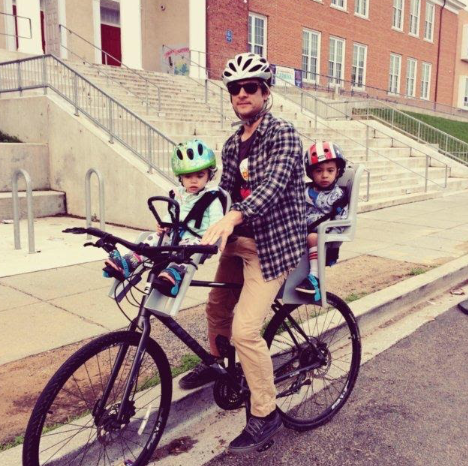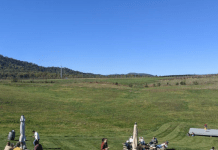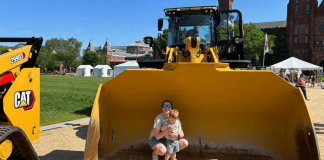Two years ago, I landed my dream job as a full-time, professional, Stay-at-Home Dad of a then two-year-old and one-year-old. As I learned to plumb the depths of my patience each day, I also sought to make more environmentally conscious decisions for our household. My most pressing concern for my children’s future is the state of the environment they inherit from us. I began to wonder what course we could take on saving planet earth.
Ice on Fire, a 2019 documentary, succinctly captures our climate change predicament. It is real, it has begun, and it will affect us and our children’s lives in untold ways going forward. There is no substitute for commitments by nations to enact more environmentally friendly policies. But we can make large impacts in our local communities and inculcate our children with a sense of environmental responsibility. Actions we take in our homes will cascade to our neighborhoods, states and eventually our nation. I am no longer waiting for the change to come to me. Here is how my family has begun our journey to become a more sustainable household.
The most environmentally friendly product is the one you didn’t buy. -Josh Becker
 Americans have 4% of the world’s children, but 40% of the world’s toys. If you were to peek your head in my front door—from a safe 6 foot distance of course—you will find evidence to confirm this fact. And that is just for the kids. For American adults, there are more Self Storage facilities (48,500) than McDonalds and Starbucks combined (38,000). 65% of people who rent a storage facility also have a garage. The bottom line is we all purchase things we don’t use or need. And my household has been no exception to this rule—until now.
Americans have 4% of the world’s children, but 40% of the world’s toys. If you were to peek your head in my front door—from a safe 6 foot distance of course—you will find evidence to confirm this fact. And that is just for the kids. For American adults, there are more Self Storage facilities (48,500) than McDonalds and Starbucks combined (38,000). 65% of people who rent a storage facility also have a garage. The bottom line is we all purchase things we don’t use or need. And my household has been no exception to this rule—until now.
Today, my family and I go through a mental checklist before purchasing new toys for the kids and the parents.
- Dual concurrence from Mom and Dad
- Can we buy it used? (thrift store, eBay, neighborhood listserv, Facebook Marketplace)
- Can we wait 2 weeks and decide then if we still need it? (I’m always hoping my wife forgets about it.)
- Lastly, what is going to be given away to make room for the new purchase?
Reduce your household waste by up to 36% by composting your food scraps.
Collecting your food scraps is a gateway habit to running a more sustainable household. I don’t compost at home because I don’t have a large enough outdoor space and we generate between 20-30 pounds of compostable food waste per week. Pre-pandemic, my Saturday morning ritual involved dropping our food scraps at the free DPW sponsored food waste dropoff site open year-round at the Columbia Heights Farmers Market. Most of these DPW drop-off sites are still operating each weekend. Today, we use Veteran’s Compost for weekly, contactless doorstep pickup.
In the landfill, our food waste breaks down and produces methane, a greenhouse gas 30 times more destructive to the environment than carbon dioxide. Composting is one step we can take towards saving planet earth. It avoids harmful methane emission, reduces the weight of your household waste by up to 36%, and returns vital nutrients to our local farmers’ soils creating a circular pattern of resource conservation.
Pick a single-use item in your house—any single-use item—and try to replace it with a sustainable replacement.
Swapping single-use items with reusable replacements is a small step to take towards saving planet earth. The first single-use item I replaced was handkerchiefs for paper tissues. Easy enough. After that, I moved on to swapping cloth towels for paper towels. We have one paper towel roll stashed for absolute necessities. I keep it in the highest kitchen cupboard which necessitates a step ladder to reach. Therefore, I never use it. Paper towels provided a greater degree of separation anxiety than tissues, but a little “I Think I Can” paid off.
My next single-use victims were on the shower shelf: shampoo bottles, shaving cream cans, and liquid body soap containers. All were replaced with low waste or zero waste bar items that are made with sustainable ingredients and manufactured locally here in DC by District Batch. Eliminating single-use plastic packaged skincare products was a challenge, but discovering the unsustainable ingredients in most commercially produced products made the switch well worth it, not to mention the reduced waste. Now, I’m experimenting with eliminating single-use plastic bottles of commercial cleaning products. There are tons of resources available on the internet for DIY cleaners that are just as effective, less expensive and create far less waste. Stay tuned for that chemistry experiment!
 Instill a sense of interconnectedness
Instill a sense of interconnectedness
More rigorous analysis of each household purchase, collecting food scraps for composting and slowly, item by item, eliminating single-use packaged items is the approach we’ve adopted to reduce our household waste. These actions alone will not reverse global warming trends or prevent sea levels from rising. However, they will instill in my children a sense of the interconnectedness of our actions on the environment and lead to more informed and conscious world citizens. After all, our children will ultimately bear the burden of reversing the damage previous generations have inflicted on our little blue planet.
 About Our Guest Author:
About Our Guest Author:
Will has lived in DC since 2012 and is a retired Marine Corps Pilot. In 2018, he transitioned to his second career as a Stay-at-Home Dad and hasn’t looked back. He lives in Mount Pleasant with his family, balances two kids on his bike for Rock Creek Park adventures, and is captivated by the diversity and culture of each neighborhood in the city. In his 7 minutes of non-continuous free time each day, he is hatching a plan for a zero-waste market for DC with his colleague, Marisa Martino. Follow their Instagram handle @totesbulkdc for updates as DC’s first zero-waste store transitions from idea to reality.

















